Oil had a big day with the word from Algiers of the oil production cut. There is no formal announcement from OPEC but the statements from OPEC ministers were consistent that OPEC agreement today to cut oil production by “around 700,000 bpd” from Aug 2016 levels. And that this would reduce OPEC output to a range of 32.5 to 33.0 million bpd.
Who produces what and who cuts what was NOT decided, rather that is supposed to be resolved at the Nov 30 OPEC meeting. The tone today is positive, some of it was short covering undoubtedly, but some of it is the logic that you take 0.7 million b/d off the market and it can correct the oversupply quicker. I think the burden will fall on Saudi Arabia first for the largest cut and its key traditional close friends UAE and Kuwait for smaller cuts. Its hard to see the rest of them cutting. The wildcard will be Iraq in that case. We don’t think the market will doubt the Saudi Arabia cut given the comments last week that Saudi Arabia was prepared to go back to Jan 2016 levels of 10.2 million b/d if Iran froze.
But it looks like Saudi Arabia concedes that Iran, Libya and Nigeria won’t be capped at current levels. Recall the Bloomberg story earlier today “Khalid Al-Falih, who inherited a chronically oversupplied oil market when he was appointed Saudi energy minister in April, appeared to show more flexibility toward Tehran, saying that Iran, Libya and Nigeria should be allowed to “produce at the maximum levels that makes sense”. “The gap between OPEC countries is narrowing in terms of what are the levels at which we will freeze,” Al-Falih said after a long day of bilateral meetings in which Russia played the role of mediator between Riyadh and Tehran. “The opinions are getting very, very close together.”
But there will still be challenges in the cutting starting from what is the starting point for oil production. All the reports referenced OPEC current output at 33.24 million b/d. It is important to note that these are from OPEC’s Monthly Oil Market Report Sept 2016, BUT this is from “Secondary Sources” ie. agencies like Bloomberg, Reuters or other non-official OPEC sources. OPEC provides two tables for Aug 2016 production – the 33.24 million b/d from secondary sources, and then a different table based on “direct communications” ie. directly from the OPEC parties. I created the tables and pasted them below. Note that for the “direct communications” table, there always aren’t numbers for each country so I made assumptions for Algeria, Gabon and Libya so I could get total OPEC. With my assumptions, the OPEC direct communications (adjusted) would lead to 34.16 million b/d, or almost 1 million b/d higher. Note that this explains part of the range of 32.5 to 33.0 million b/d. The 700,000 b/d cut works out to the 33.26 million b/d in Aug from secondary sources. But the 33.0 would work to 33.7 million b/d, or something lower than the adjusted 34.16 million b/d. The tables are pasted below.


Iraq has already questioned the starting production base. Iraq was not specifically noted in the Saudi Arabia comment about Iran, Libya and Nigeria going higher. Post the announcement, Reuters reported “Iraq on Wednesday questioned one of the two methods OPEC is using to estimate the oil production of its members, signaling the issue could be a problem for the country to join output limits that the group agreed to start implementing this year. OPEC uses two sets of figures for output estimates – submissions by the countries themselves and estimates by secondary sources, which are usually lower but are seen as better reflecting real output. “These figures (secondary sources) do not represent our actual production,” Iraqi Oil Minister Jabar Ali al-Luaibi said. He said Iraq’s current production could be as high as 4.7 million barrels per day.”
One other math caveat to keep in mind is that they are cutting 0.7 million bpd from Aug. If the pre announcement comments from Saudi’s oil minister about providing for Iran, Libya and Nigeria to grow, then it will make the actual 0.7 million bpd cut, much bigger. It easy to see the number effectively being twice as big, with 0.4 million bpd more from Iran alone.
One other item to watch will be US oil rigs and US shale oil activity. I would expect that US oil producers won’t charge ahead too much ahead of OPEC agreeing on who will be cutting and how much. But I expect to see US oil rigs continue to slowly increase with today’s announcements.
There are still questions on the allocation of the cuts, but the fact that they did something should keep oil prices solid in the run up to Nov 30 formal OPEC meeting. However I would expect that oil prices aren’t likely to rise up too much until there is some added comfort, either ahead or at the meeting, that OPEC can agree on the cuts allocation. Given that it seems that Iran, Libya and Nigeria are going to be able to increase production, the key wildcards for watching will be Iraq and Saudi Arabia.
